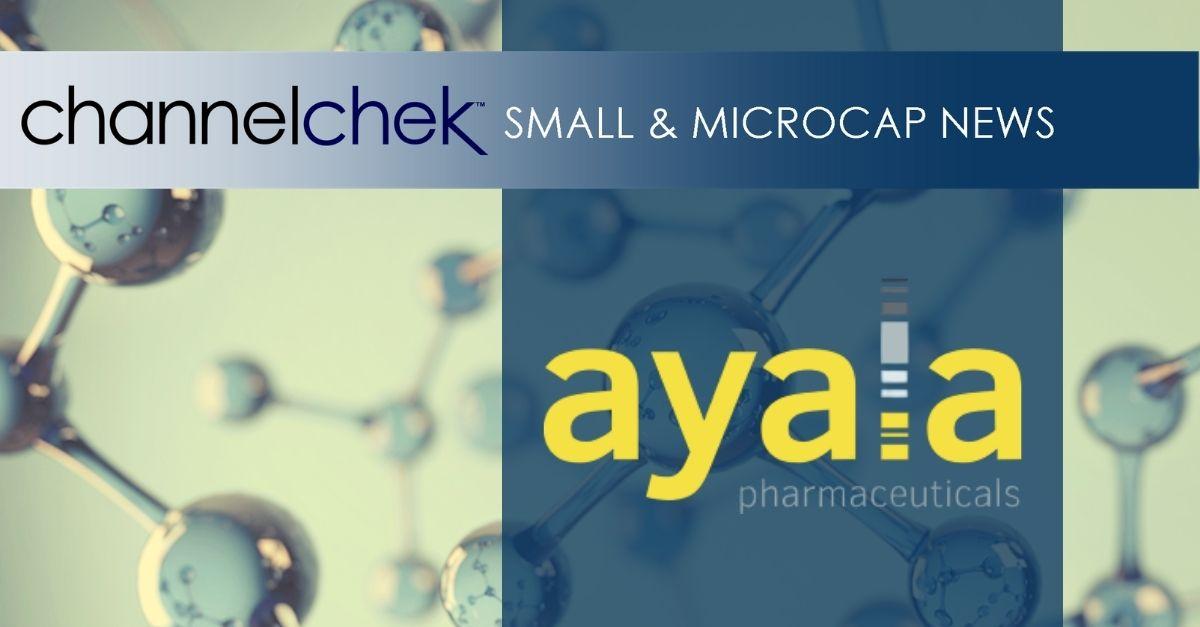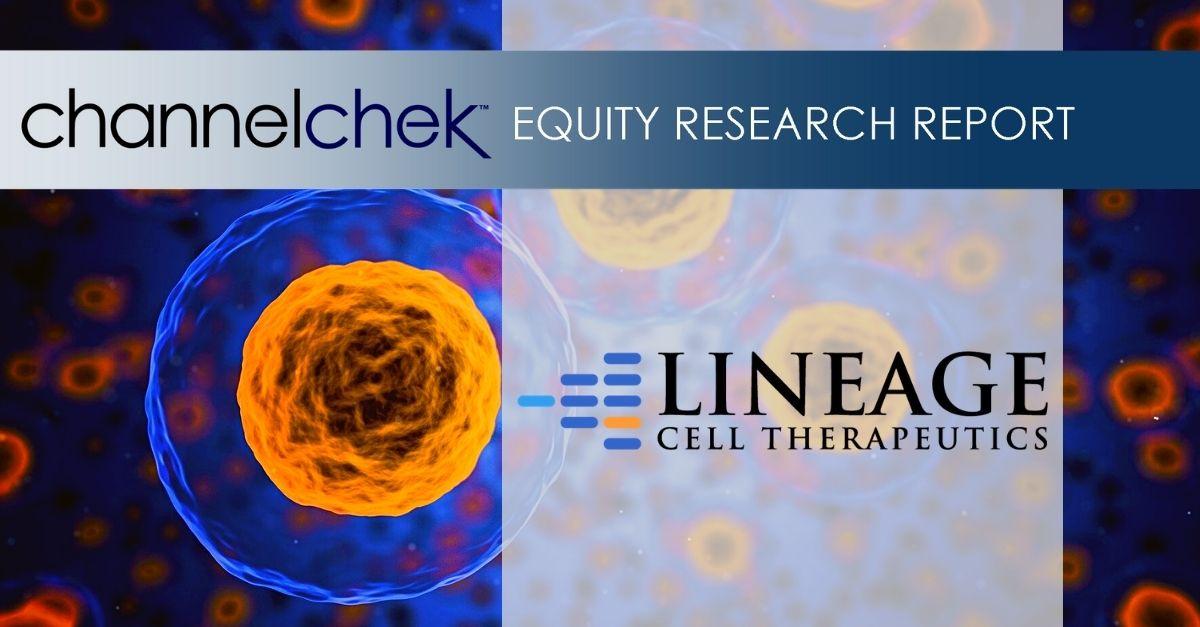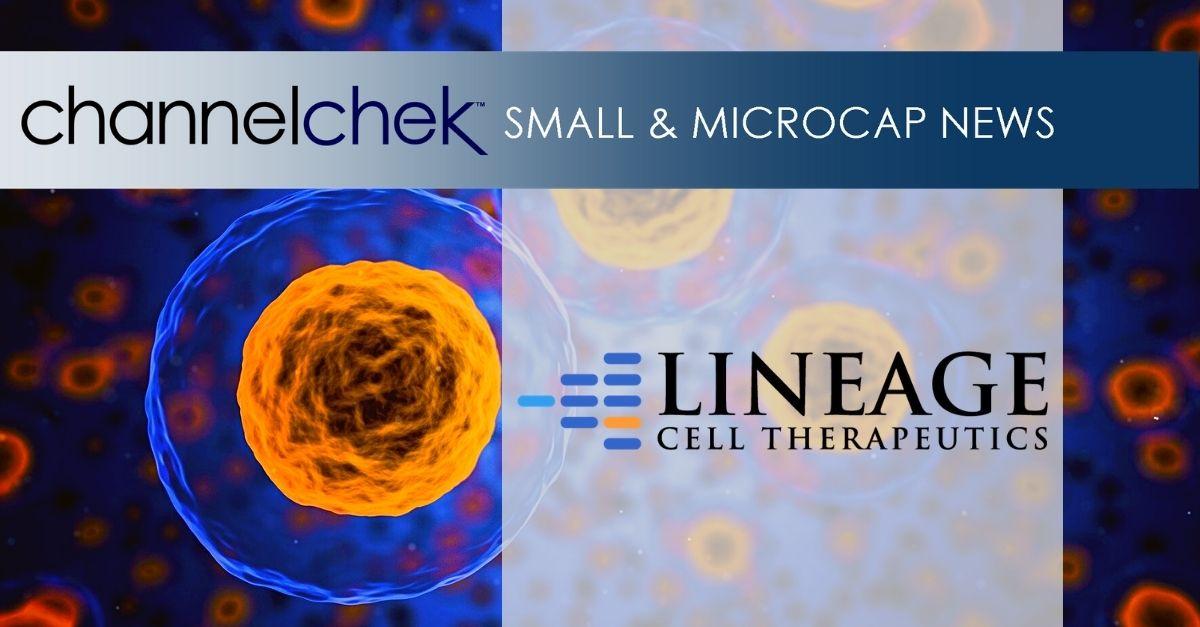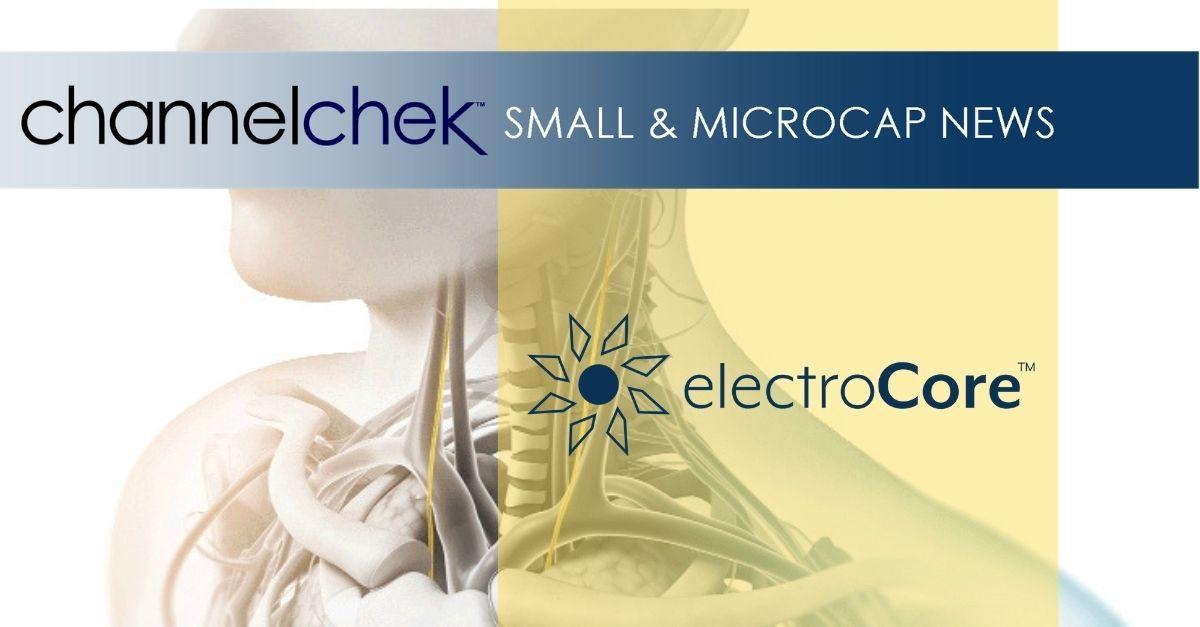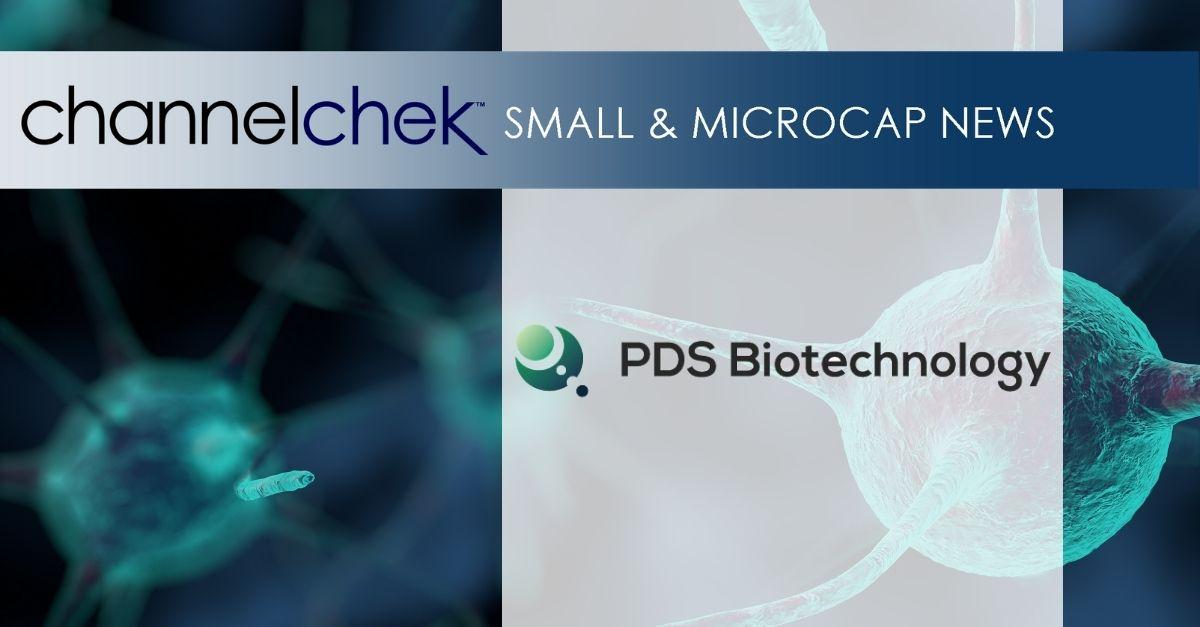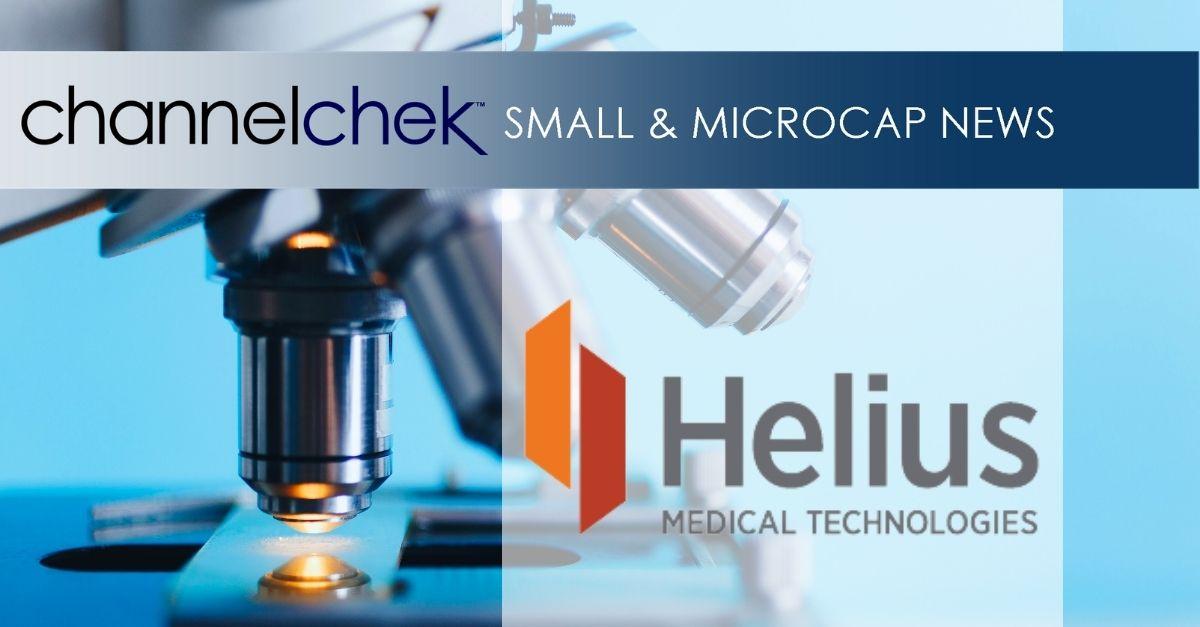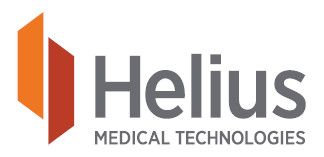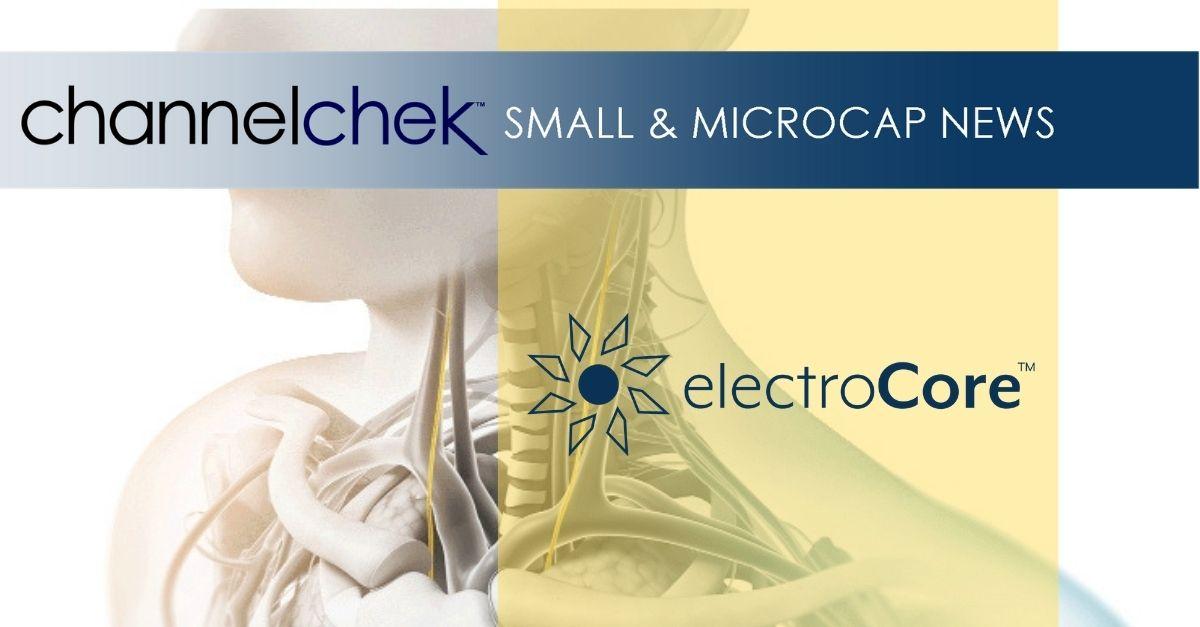
Ayala Pharmaceuticals Presents Preliminary Clinical Data from the Ongoing Phase 2 ACCURACY Trial and Announces Pre-Clinical Proof of Concept Data for Enhanced Activity of AL101 in Combination with Approved Cancer Therapies in ACC
– Posters presented at the European Society for Medical Oncology (ESMO) Virtual Congress 2021
– Preliminary data showed meaningful clinical activity of AL101 6mg monotherapy with 70% disease control rate
– AL101 was well tolerated with manageable side effects
REHOVOT, Israel and WILMINGTON, Del., Sept. 16, 2021 (GLOBE NEWSWIRE) — Ayala Pharmaceuticals, Inc. (NASDAQ: AYLA), a clinical-stage oncology company focused on developing and commercializing small molecule therapeutics for patients suffering from rare and aggressive cancers, today announced new preliminary clinical data from the 6mg cohort of its ongoing Phase 2 ACCURACY trial of AL101 for the treatment of recurrent/metastatic (R/M) adenoid cystic carcinoma (ACC) harboring Notch-activating mutations. The data is being presented at the 2021 ESMO Virtual Congress as an ePoster. In a separate ePoster presentation, Ayala presented new preclinical results evaluating the potential of AL101 in combination with approved cancer therapies for dual targeting of ACC tumours.
“ACC is an orphan disease with no approved therapies and patients with Notch mutations have a more aggressive disease course and poorer survival outcomes as compared to patients with Notch wild-type. R/M ACC remains a significant area of unmet need, and I am encouraged by the preliminary results that AL101 monotherapy has demonstrated to-date. Coupled with new preclinical data showing that AL101 in combination with approved targeted therapies could potentially treat a greater proportion of ACC tumors, regardless of Notch mutations, it will be exciting to see how AL101 may be developed as a viable treatment option for R/M ACC patients,” said Alan L. Ho, M.D., Ph.D., Medical Oncology, Memorial Sloan Kettering Cancer Center and Lead Investigator in The ACCURACY Trial. “While these results are still preliminary, the safety profile of AL101 and the disease control rate of 70% are promising indicators in this incredibly difficult to treat patient population.”
“The preliminary safety and efficacy data from the 6mg cohort of our ongoing ACCURACY trial of AL101 highlights a favourable profile. We are pleased to see that AL101’s safety profile continues to be tolerable and manageable, providing us with potential dosing flexibility as we continue to advance our development plans,” said Gary Gordon, M.D., Ph.D., Chief Medical Officer of Ayala. “We continue to see strong potential for AL101 to transform the treatment landscape for R/M ACC patients with Notch mutations and we look forward to reporting additional clinical data in 2022.”
Preliminary Safety and Efficacy Data from 6mg Cohort of ACCURACY Phase 2 Trial:
Ayala presented new preliminary 6mg data from its ongoing ACCURACY Phase 2 clinical trial evaluating the safety and efficacy of AL101 monotherapy for the treatment of patients with R/M ACC harboring Notch-activating mutations. The Phase 2 ACCURACY clinical trial is an open-label, single-arm, multi-center study to assess the clinical activity of AL101 using radiographic assessments of patients with R/M ACC demonstrating disease progression within 6 months prior to dosing.
As of July 9, 2021, all 42 patients enrolled in the 6mg cohort were treated and evaluable for safety and 33 were evaluable for efficacy.
Efficacy:
All evaluable patients were assessed for efficacy for a best response by investigators using RECIST 1.1 criteria.
- Disease control rate (DCR) (defined as partial response and stable disease) was 70% (23/33 patients).
- Partial responses (PR) were observed in 3 patients (9%).
- Stable disease (SD) was observed in 20 patients (61%).
- Progressive disease (PD) was observed in 8 patients (24%).
- Two patients were determined to be evaluable per protocol but their scans were not available for analyses.
- Study is ongoing with several patients remaining on drug as of the cutoff date.
Safety:
AL101 6mg QW treatment in patients with R/M ACC was well tolerated with manageable side effects consistent with those observed in the 4mg QW cohort with no new adverse events (AEs) specific to the 6mg cohort.
- Most common treatment-related (TR) AEs of any grade were diarrhea (76%), fatigue (48%), nausea (41%), hypophosphatemia (29%), vomiting (26%) and decreased appetite (26%).
- Treatment-related diarrhea was common and occurred in 32 patients (76%) and most were grades 1 and 2. Treatment-related serious diarrhea occurred in 6 patients (14%).
- Serious TRAEs were reported in 31% of patients with treatment-emergent AEs leading to discontinuation in 26% of patients.
- Two patients experienced a grade 4 TRAE: one patient experienced a seizure and one patient experienced drug-induced liver injury.
- Four treatment-emergent patient deaths occurred (10%), one of which was assessed by the investigator to be treatment related.
Ayala plans to report additional data from the ACCURACY study in 2022.
“Our new preclinical study evaluating the potential of improved efficacy of AL101 in combination with approved targeted therapies represents a promising potential approach for additive or synergistic activity of gamma secretase inhibition when combined with various mechanisms of action,” said Roni Mamluk, Ph.D., Chief Executive Officer of Ayala. “We observed stronger tumor growth inhibition in ACC PDX models with Notch pathway genes downregulated regardless of mutational status in the combination arm of the study, as compared to AL101 monotherapy. Based on these results, we believe there is a strong rationale for a combination therapy approach to treating ACC, in addition to other cancer indications in which Notch is dysregulated. We look forward to the further development of AL101 in Notch dysregulated tumors, both as monotherapy and in combination.”
Preclinical Results of AL101 Combined with Other Drugs for Dual Targeting of Notch Dysregulated Tumors:
In this preclinical study evaluating the potential of combination therapy of AL101 in PDX models of ACC, Ayala compared the differential gene expression of ACC tumors versus normal matched tissue regardless of Notch activation status. Combination compounds were selected based on determination of the pathways that are implicated with approved oncology therapies, including inhibitors of Bcl2, HDAC, FGFR & CDK4/6. Based on a comparison of AL101 alone, each approved drug alone, and the combination of each drug with AL101, Ayala observed additive or synergistic activity of AL101 combined with agents of various mechanisms of action. AL101 in combination demonstrated significant tumor growth inhibition, including regressions, compared to each drug alone, showing significant benefit with dual targeting of Notch and other dysregulated pathways. Additionally, the study indicated that crosstalk between signaling pathways may increase the efficacy of AL101 in R/M ACC regardless of Notch mutational status. These preclinical results demonstrated a compelling rationale for potential expansion to a larger portion of ACC patients and to additional cancer indications.
About Adenoid Cystic Carcinoma (ACC)
ACC is a rare malignancy of the secretory glands including salivary glands, accounting for about 10% of all salivary gland tumors with an annual incidence of 3,400 in the U.S. There is currently no approved standard of care for patients with recurrent/metastatic ACC. Patients with locoregional disease undergo surgery and radiation therapy, with recurring disease treated by chemotherapy. ACC is an immunologically “cold” tumor that is refractory to chemotherapy, with a recurrence rate of about 60% after initial surgery. The Notch pathway has been determined to be an oncogenic driver of ACC and its dysregulation plays a key role in tumorigenesis and correlates with a distinct pattern of metastasis and a poor prognosis.
About AL101
AL101 is an investigational small molecule Gamma Secretase Inhibitor (GSI) that is designed to potently and selectively inhibit Notch 1, 2, 3 and 4, and is currently being evaluated in two Phase 2 clinical studies, ACCURACY and TENACITY, in patients with adenoid cystic carcinoma (ACC) and in patients with triple negative breast cancer (TNBC), respectively. AL101 is designed to inhibit the expression of Notch gene targets by blocking the final cleavage step by the gamma secretase required for Notch activation. Ayala obtained an exclusive, worldwide license to develop and commercialize AL101 from Bristol-Myers Squibb Company in November 2017. AL101 was granted U.S. FDA Fast Track Designation and Orphan Drug Designation for the treatment of ACC.
About Ayala Pharmaceuticals
Ayala Pharmaceuticals, Inc. is a clinical-stage oncology company focused on developing and commercializing small molecule therapeutics for patients suffering from rare and aggressive cancers, primarily in genetically defined patient populations. Ayala’s approach is focused on predicating, identifying and addressing tumorigenic drivers of cancer through a combination of its bioinformatics platform and next-generation sequencing to deliver targeted therapies to underserved patient populations. The company has two product candidates under development, AL101 and AL102, targeting the aberrant activation of the Notch pathway with gamma secretase inhibitors to treat a variety of tumors including Adenoid Cystic Carcinoma, Triple Negative Breast Cancer (TNBC), T-cell Acute Lymphoblastic Leukemia (T-ALL), Desmoid Tumors and Multiple Myeloma (MM) (in collaboration with Novartis). AL101, has received Fast Track Designation and Orphan Drug Designation from the U.S. FDA and is currently in a Phase 2 clinical trial for patients with ACC (ACCURACY) bearing Notch activating mutations and in a Phase 2 clinical trial for patients with TNBC (TENACITY) bearing Notch activating mutations and other gene rearrangements. AL102 is currently in a Pivotal Phase 2/3 clinical trials for patients with desmoid tumors (RINGSIDE) and is being evaluated in a Phase 1 clinical trial in combination with Novartis’ BMCA targeting agent, WVT078, in patients with relapsed/refractory Multiple Myeloma. For more information, visit www.ayalapharma.com.
Forward-Looking Statements
This press release contains forward-looking statements within the meaning of the Private Securities Litigation Reform Act of 1995. All statements contained in this press release that do not relate to matters of historical fact should be considered forward-looking statements, including statements relating to our development of AL101, including its treatment potential, the promise and potential impact of our preclinical or clinical trial data, and the timing of additional data from clinical trials of AL101. These forward-looking statements are based on management’s current expectations. The words “may,” “will,” “should,” “expect,” “plan,” “anticipate,” “could,” “intend,” “target,” “project,” “estimate,” “believe,” “predict,” “potential” or “continue” or the negative of these terms or other similar expressions are intended to identify forward-looking statements, although not all forward-looking statements contain these identifying words. These statements are neither promises nor guarantees, but involve known and unknown risks, uncertainties and other important factors that may cause our actual results, performance or achievements to be materially different from any future results, performance or achievements expressed or implied by the forward-looking statements, including, but not limited to, the following: the impact of the COVID-19 pandemic on our operations, including our preclinical studies and clinical trials, and the continuity of our business; we have incurred significant losses, are not currently profitable and may never become profitable; our need for additional funding; our cash runway; our limited operating history and the prospects for our future viability; the lengthy, expensive, and uncertain process of clinical drug development, including potential delays in regulatory approval; our requirement to pay significant payments under product candidate licenses; the approach we are taking to discover and develop product candidates and whether it will lead to marketable products; the expense, time-consuming nature and uncertainty of clinical trials; enrollment and retention of patients; potential side effects of our product candidates; our ability to develop or to collaborate with others to develop appropriate diagnostic tests; protection of our proprietary technology and the confidentiality of our trade secrets; potential lawsuits for, or claims of, infringement of third-party intellectual property or challenges to the ownership of our intellectual property; risks associated with international operations; our ability to retain key personnel and to manage our growth; the potential volatility of our common stock; costs and resources of operating as a public company; unfavorable or no analyst research or reports; and securities class action litigation against us. These and other important factors discussed under the caption “Risk Factors” in our Annual Report on Form 10-K for the year ended December 31, 2020 filed with the U.S. Securities and Exchange Commission (SEC) on March 24, 2021 and our other filings with the SEC could cause actual results to differ materially from those indicated by the forward-looking statements made in this press release. Any such forward-looking statements represent management’s estimates as of the date of this press release. New risk factors and uncertainties may emerge from time to time, and it is not possible to predict all risk factors and uncertainties. While we may elect to update such forward-looking statements at some point in the future, except as required by law, we disclaim any obligation to do so, even if subsequent events cause our views to change. Although we believe the expectations reflected in such forward-looking statements are reasonable, we can give no assurance that such expectations will prove to be correct. These forward-looking statements should not be relied upon as representing our views as of any date subsequent to the date of this press release.
Investors:
Julie Seidel
Stern Investor Relations, Inc.
+1-212-362-1200
Julie.seidel@sternir.com
Ayala Pharmaceuticals:
+1-857-444-0553
info@ayalapharma.com
